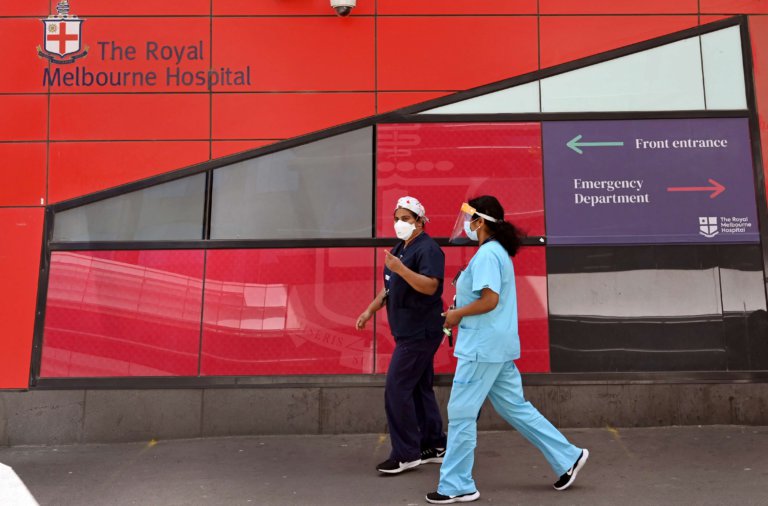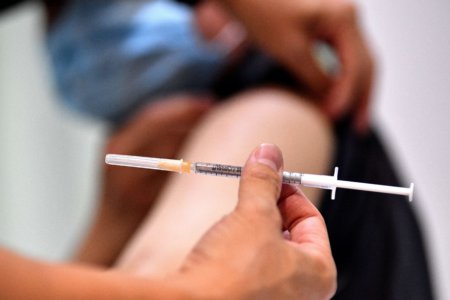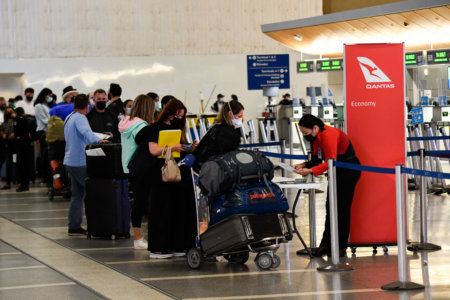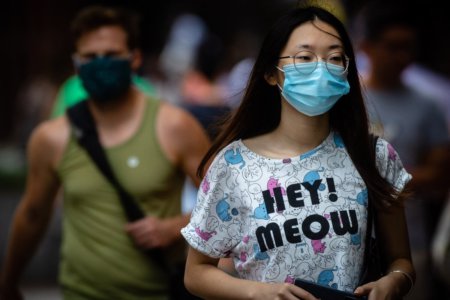
Here’s the latest news in Australian healthcare: the Department of Health has outlined an advice for international students on getting tuberculosis (TB) screening and treatment on its website. The notice came swiftly on March 22, 2022, after a worrying resurgence of TB infections in the Asia Pacific.
Before the COVID-19 outbreak, TB was the deadliest infectious disease in the world, but its risks have largely been overshadowed by the coronavirus in the past two years. The disease claimed 1.5 million lives globally in 2020 — the first increase in death counts marked in a decade, The Guardian reports.
As tuberculosis resurges in the Asia Pacific, what lessons from Covid can save Australia? | Brendan Crabb and Negaya Chorley https://t.co/Fz7flBVBKA
— Guardian Australia (@GuardianAus) March 23, 2022
The government-issued advice said some international students could be at a higher risk of contracting TB than locals. These include students from a country in the following regions:
- Asia
- Africa
- the Western Pacific
- the Indian sub-continent
- South America
- Eastern Europe
It assured that students won’t be asked to leave the country if they are infected. Under Australian healthcare, international students can access free TB diagnostic treatment as services, as well as medications, the statement read. International students may also be eligible for partial coverage through private healthcare under the Overseas Student Health Cover (OSHC).
International students coming to Australia from countries with a higher risk of TB might be required to clear a chest X-ray and medical examinations at a panel clinic in their country of origin when applying for a visa for a stay lasting six months or longer. This is to ensure that they don’t pose a health risk to others upon arrival in Australia.
Australian healthcare: Is enough being done for students?
Following the worrying rise in regional TB cases, there have been numerous calls by media outlets and health professionals to ramp up Australian healthcare, especially with the double threat of TB and COVID-19 infections.
At least two-thirds of the global tuberculosis burden is in the Asia-Pacific, where multi-drug resistant forms of the disease are on the rise, according to news.com.au. Papua New Guinea, which is only a few kilometres off of Australia, has the highest rates of drug-resistant tuberculosis in the world.

International students are among the most vulnerable groups prone to mental health risks in Australia throughout the pandemic. Source: Saeed Khan/AFP
International students can receive free treatment for both TB and COVID-19 free of charge, but accessing them can be challenging when the Australian healthcare system is overrun by critical COVID-related infections. Overseas students in the University of Sydney were previously denied the convenience of getting vaccinations on campus, and were instead redirected to health clinics in the state.
Australia is facing a growing youth mental health crisis with 1/4 young Australians experiencing mental illness in any given year. The Centre welcomes the Fed Gov's $206m investment in early psychosis intervention to support high risk young peoplehttps://t.co/CJETKsDTsE
— The Centre (@CFECFW) March 24, 2022
A separate report said international students were among the most vulnerable and severely affected populations in Australia in terms of mental health throughout the pandemic. Students stranded offshore had to deal with compounded stress over the shortcomings of distance learning and uncertainty over border reopenings.
Those who remained in Australia struggled with feelings of isolation, anxiety, and financial challenges — all of which were exacerbated by the fear of contracting a potentially fatal infection. If TB reaches a concerning level, international students risk facing further distress with inadequate support for their overall wellbeing.










